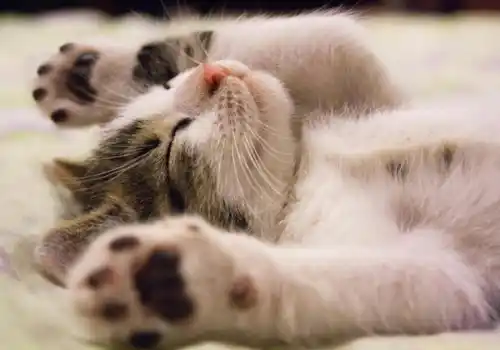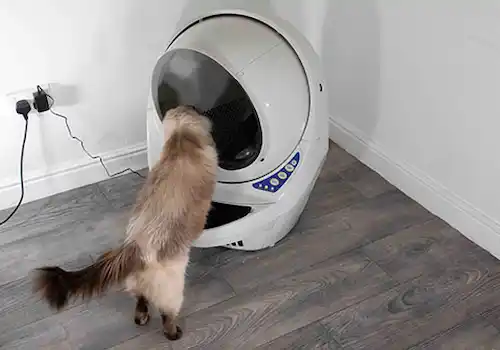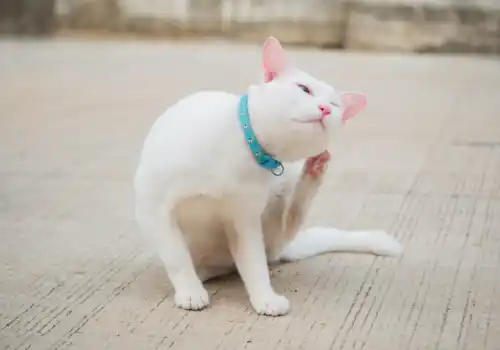While some cats crave affection and would do anything to sit on your lap, others can be timid and appear aloof. Most of the time, this just comes down to individual personality differences, but sometimes it can be a result of a lack of socialisation.
Kittens that have not been handled by humans during their first 3 — 7 weeks of life may have less of an inclination to be affectionate and, indeed, venture on to your lap.
To have the best chance of success with your cat, it’s important the environment is conducive to relaxing and cuddly times. Dim the lights and turn the television on to a low volume. Then, we are aiming to make your cat feel positive associations with touch and contact by pairing this with a reward, such as a special tasty treat!
If you have one of those reluctant cats, but have always wanted a cuddly lap cat, there is something you could try:
STEP 1
Take some of your cat’s favourite treats into your lounge and sit down on the sofa. While keeping your eyes fixed firmly on the TV and resisting the temptation to look at or speak to your cat, gently toss them, one at a time, on to the floor in front of you. If he doesn’t come over at this stage, just toss the treat a little further towards your cat (this will work better with a hungry cat!).
STEP 2
When your cat responds positively, place a treat on to your sofa, so that they have got to get on to the sofa beside you.
STEP 3
Eventually, lure your kitty on to your lap with a treat. It is very important to remember at this stage that you do not try to hold/pet your cat — you need him to feel as though he has full control.
STEP 4
Remember, you will need heaps of patience as this could take quite a considerable amount of
time — but don’t give up. The above exercises should be repeated daily and, hopefully, over a period of time your cat will feel safe and secure enough to curl up and rest on your lap.
Top tips:
- Limit interactions to very short, planned sessions.
- Never force your cat on to your lap. That will only make your cat more anxious. Some cats will never be lap cats and you may have to accept that your cat enjoys your company in other ways.
- Try to read your cat’s body language and predict when anxiety is increasing. For example, tail twitching, stiffening of the shoulders/legs, dilation of the pupils and rotating of the ears are signs of stress — if you notice any of these signs stop the session.
- Using food can be a very powerful tool. It will act as a reward for being handled and then, hopefully, for taking that big step on to your lap.








